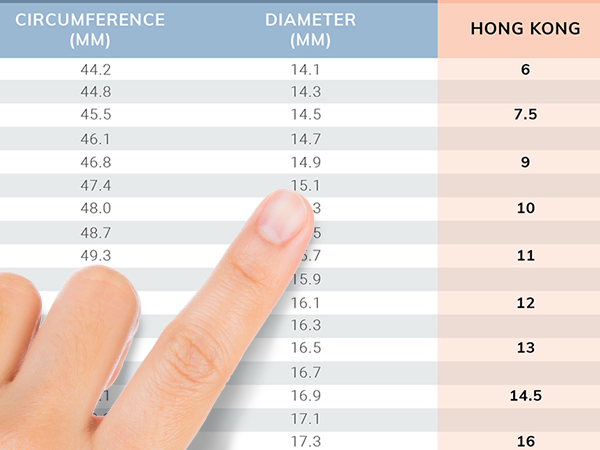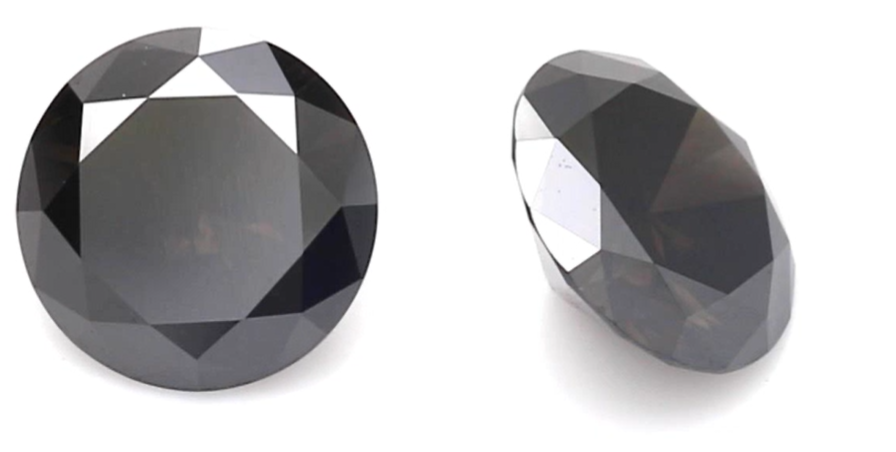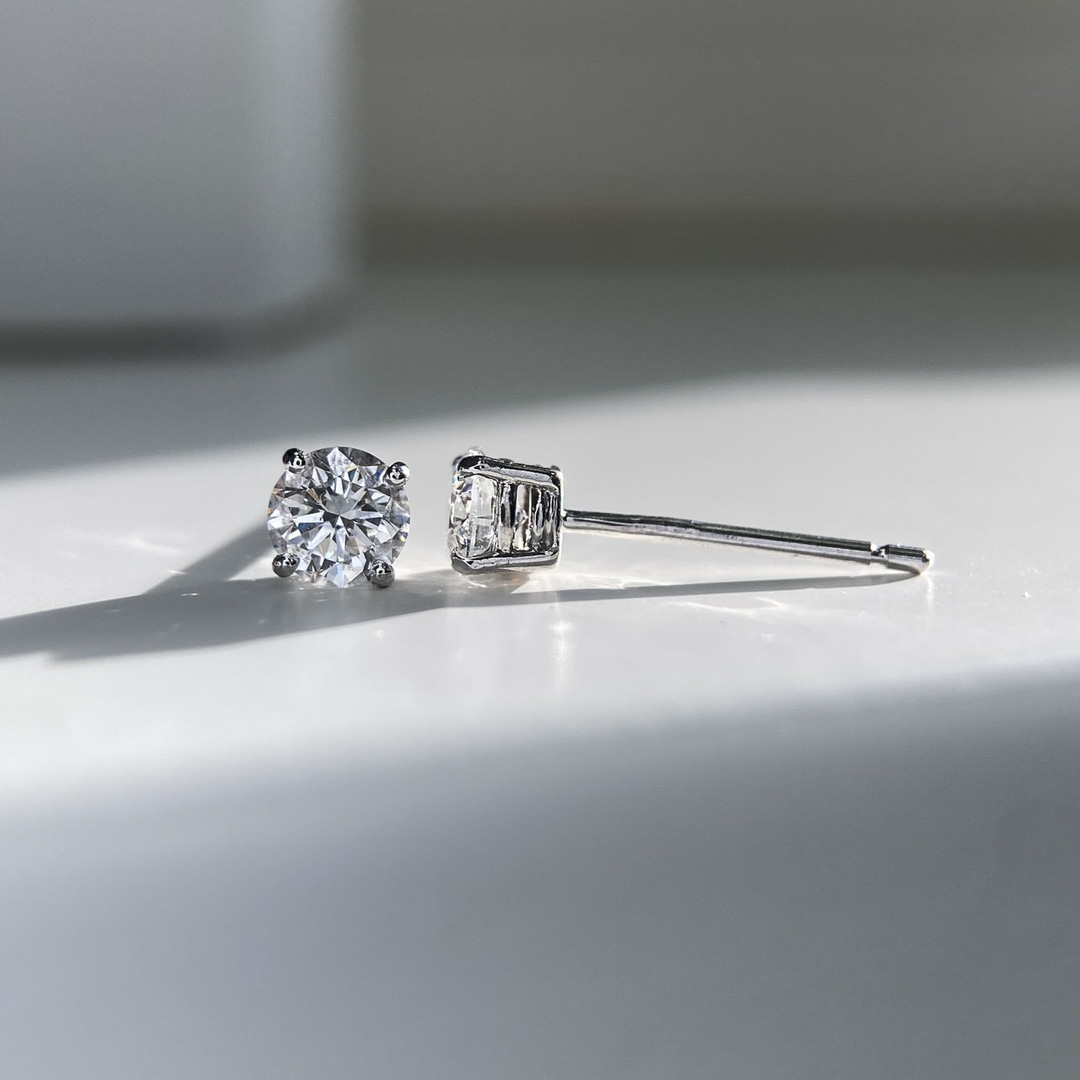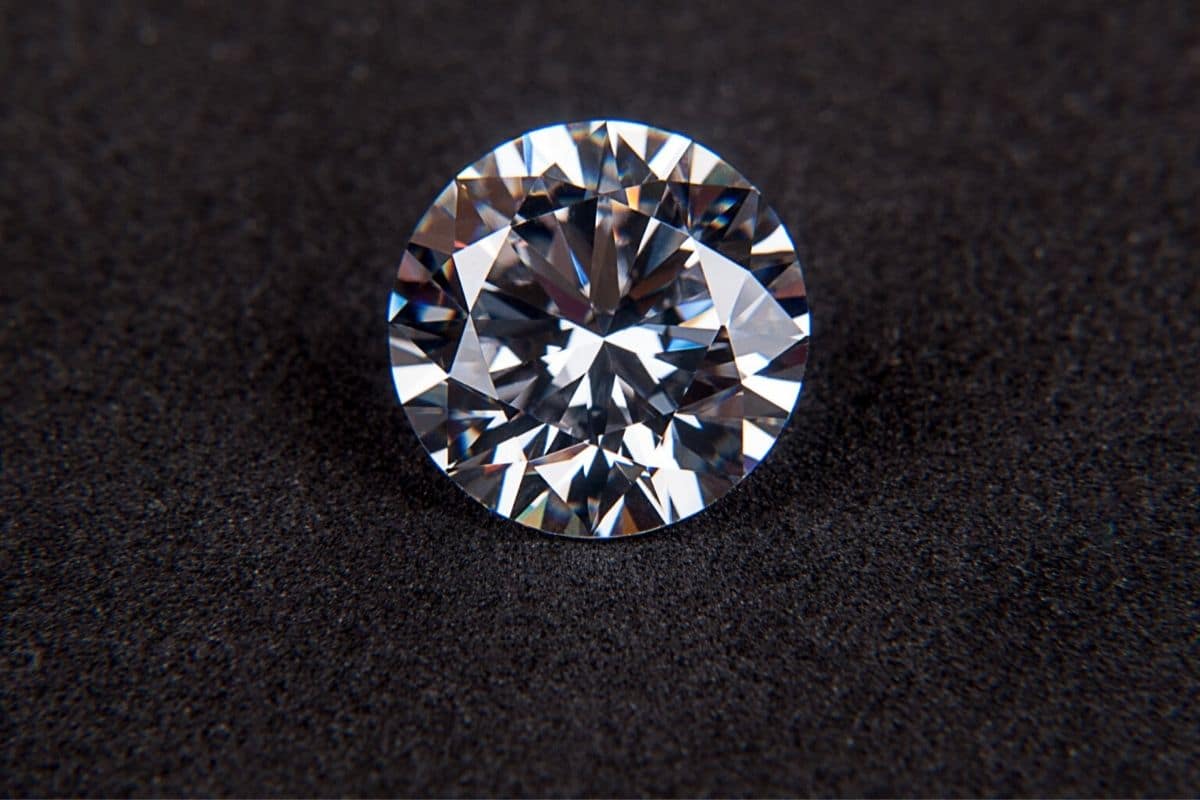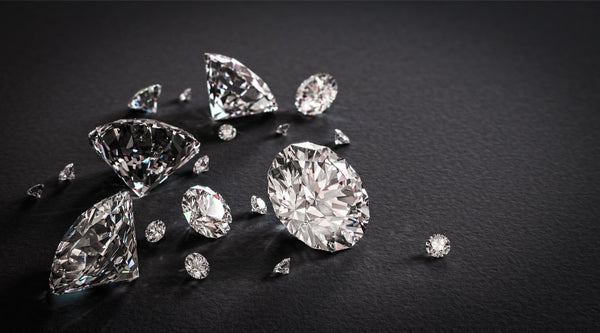When purchasing a lab diamond ring, one of the most crucial factors to consider is the size. The right fit ensures that the ring is both comfortable to wear and secure on the finger. With a variety of methods and tools available to determine the perfect size, it’s important to have a reliable lab diamond ring size guide. Whether you are buying for yourself or a loved one, understanding how to find the ideal size will make all the difference in your experience.
Why a Proper Lab Diamond Ring Size Guide Matters
Choosing the correct size for a lab diamond ring is essential for comfort and appearance. A ring that is too tight can cause discomfort, while a ring that is too loose may slip off and become lost. Since lab diamonds are a modern, eco-friendly alternative to natural diamonds, ensuring a precise fit also helps preserve the quality and aesthetics of the piece. A lab diamond ring size guide gives you the steps you need to take to measure your finger accurately, so you don’t end up with an ill-fitting ring.
How to Use a Lab Diamond Ring Size Guide
To begin, it’s important to note that the size of a ring can vary depending on where you purchase it and the region you’re located in. Different countries use different measurement systems, so understanding these variations is key. A lab diamond ring size guide will typically provide measurements in standard formats like US, UK, or European sizes. The first step in using this guide is to measure your finger’s circumference accurately.
You can measure your finger at home by wrapping a piece of string or a strip of paper around the base of your finger and marking the point where it overlaps. Then, measure the length of the string or paper with a ruler. Many lab diamond ring size guides will have a conversion chart that will help you translate this measurement into a ring size. If you’re unsure, visiting a jeweler can help ensure you get the most accurate measurement.
Understanding Different Sizing Systems in a Lab Diamond Ring Size Guide
Lab diamond rings come in various sizing systems, and the format you use will depend on your location. In the United States, the most common ring size system is the numerical scale, typically ranging from size 3 to size 16 for women. In contrast, the UK uses a letter-based system, and the European system is based on the circumference of the finger in millimeters. Your lab diamond ring size guide should provide a way to convert between these different systems, ensuring that you find the right size no matter where you’re purchasing from.
For instance, a US size 7 corresponds to a UK size O and a European size 54. Understanding these conversions is vital if you’re shopping internationally or ordering a custom ring. Many online jewelers will provide a detailed size guide to help you determine your ideal ring size before purchasing.
The Importance of Accurate Finger Measurement
Even though there are various lab diamond ring size guides available, accuracy is key. For the most accurate measurement, it’s best to measure your finger at the end of the day when it is slightly warmer and larger due to natural fluctuations in body temperature. Finger size can also be influenced by other factors, such as temperature, hydration, and weight, so it’s important to avoid measuring when your fingers are swollen or cold.
To get the best fit, make sure you measure the finger that you intend to wear the ring on. For instance, the left hand’s ring finger is often a different size from the right hand’s. Additionally, if you’re purchasing an engagement ring or a lab diamond wedding band, the sizing guide will help you determine the proper fit based on which hand the ring will be worn.
Alternative Methods to Find Your Lab Diamond Ring Size
While using a lab diamond ring size guide is the most reliable method, there are other options available to help you measure your finger. Many online jewelers offer ring sizers that can be sent to your home. These plastic or metal tools allow you to try on different sizes and ensure that you select the most comfortable fit. If you already own a ring that fits well, you can also use it as a reference and compare it to the measurements provided by the lab diamond ring size guide.
However, it’s important to note that measuring at home may not be as precise as a professional measurement. If you’re in doubt, visiting a jeweler for an in-person fitting is always a good idea. A jeweler can measure your finger using specialized equipment, ensuring a more accurate result than what can be achieved with home methods.
Adjusting the Size of Your Lab Diamond Ring
In some cases, you may find that the lab diamond ring size guide led you to a size that is slightly off. The good news is that most lab diamond rings can be resized. However, resizing is not always possible for all designs, especially for intricate settings or rings with certain features like side stones or engraving. When purchasing a lab diamond ring, it’s a good idea to check with the jeweler about their resizing policies and fees.
Some lab diamond rings are designed with flexibility in mind, allowing for easier resizing. If you anticipate needing a size adjustment, discuss the options with your jeweler beforehand to ensure that any resizing will not compromise the integrity or appearance of your ring.
Conclusion: The Best Fit for Your Lab Diamond Ring
Using a lab diamond ring size guide is crucial for ensuring the perfect fit when purchasing a ring. By measuring your finger carefully and understanding the sizing system used in your location, you can confidently choose the correct size. Whether you’re buying a lab diamond engagement ring or simply a stunning piece for everyday wear, following the steps in a lab diamond ring size guide will ensure that you find a ring that looks great and feels comfortable.

